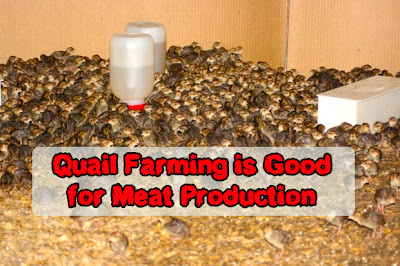Darla Antoine
Indian Country Today Media Network
From black-thumbed beginners to green-thumbed experts, there are gardening apps that help you keep track of your garden, troubleshoot problems and push your gardening skills to the next level. Here are four of my favorites. All of these apps are compatible with both the iPhone and the iPad and none of them are free. Why? I haven’t found a free gardening app worth using. Let me know if you have.
Everything You Want To Know About Composting — $0.99
From the benefits of composting to where, what and how to compost, this app is very comprehensive. There is even a section on how to buy a compost bin and a step-by-step guide to making your own bin. There’s a quiz for the knowledge thirsty (or the nerdy) built-in to the app as well as a couple of video guides, general advice about composting and a section dedicated to busting the myths around composting. Think you need to turn a compost pile regularly? Think again.
Gardening Toolkit — copy.99
This app is amazing. Hundreds of plants make up the reference guide, complete with a chart on when to sow, when to expect blooms or harvest, common and scientific names, a watering guide, and ideal growing conditions. You can sync the app with your location for easy growing zone information and you can also add the plants to up to 12 different gardens. This is a great feature to help you either plan a garden or keep track of what is in a particular garden. The advice section has a monthly garden-maintenance tip, a “what to plant now” guide, a gardening glossary and an index for finding plants based on your need (to attract bees, butterflies, for hanging baskets, etc). Finally, keep track of all of your gardening to-do’s with the check-list/reminder. Well worth the price.
Moon Gardening — copy.99
Planting by the moon is an agricultural practice that is as old as agriculture itself. With this app you can keep track of the phases of the moon while also having access to daily zodiac information—horoscopes not included. Add your plants to the app to set up a watering schedule. The app also guides you through learning to plant according to the moon phases and which zodiac signs are conducive to certain gardening tasks (planting, irrigation, pest control, etc.)
Pickin’ Chicken — $2.99
Okay, so this isn’t exactly a gardening app, but many gardeners also have (or are interested in having) chickens. And I’m too delighted with this app not to share.
Pickin’ Chicken allows you to narrow down the breed of chickens you should have based on whether or not you want these chickens for eggs, meat, or both. From there you can narrow it down even further based on the color of the eggs you’re interested in, the size of the eggs and how frequently the chicken lays the eggs. Click on a specific breed of chicken and you’ll get all of their specs: weight, egg color and size, a photo, their temperament, preferred climates, etc.
Want a meat chicken? Choose your breed based on how quickly they mature and their ideal weight at butchering time. For example, chickens that lay medium-sized brown eggs at a “good” rate include the Faverolle breed and the Dominique. They both also make good meat chickens and are calm, docile and likely to allow holding and interaction with people (kids). However, the Faverolle may go broody and is a threatened species—meaning it’s a good idea to try to husband and grow this breed.
This app is definitely coming along with my family the next time we go to the feed store for some chickens.
Darla Antoine is an enrolled member of the Okanagan Indian Band in British Columbia and grew up in Eastern Washington State. For three years, she worked as a newspaper reporter in the Midwest, reporting on issues relevant to the Native and Hispanic communities, and most recently served as a producer for Native America Calling. In 2011, she moved to Costa Rica, where she currently lives with her husband and their infant son. She lives on an organic and sustainable farm in the “cloud forest”—the highlands of Costa Rica, 9,000 feet above sea level. Due to the high elevation, the conditions for farming and gardening are similar to that of the Pacific Northwest—cold and rainy for most of the year with a short growing season. Antoine has an herb garden, green house, a beehive, cows, a goat, and two trout ponds stocked with hundreds of rainbow trout.










